1. Yellowstone National Park, Wyoming, Montana, and Idaho
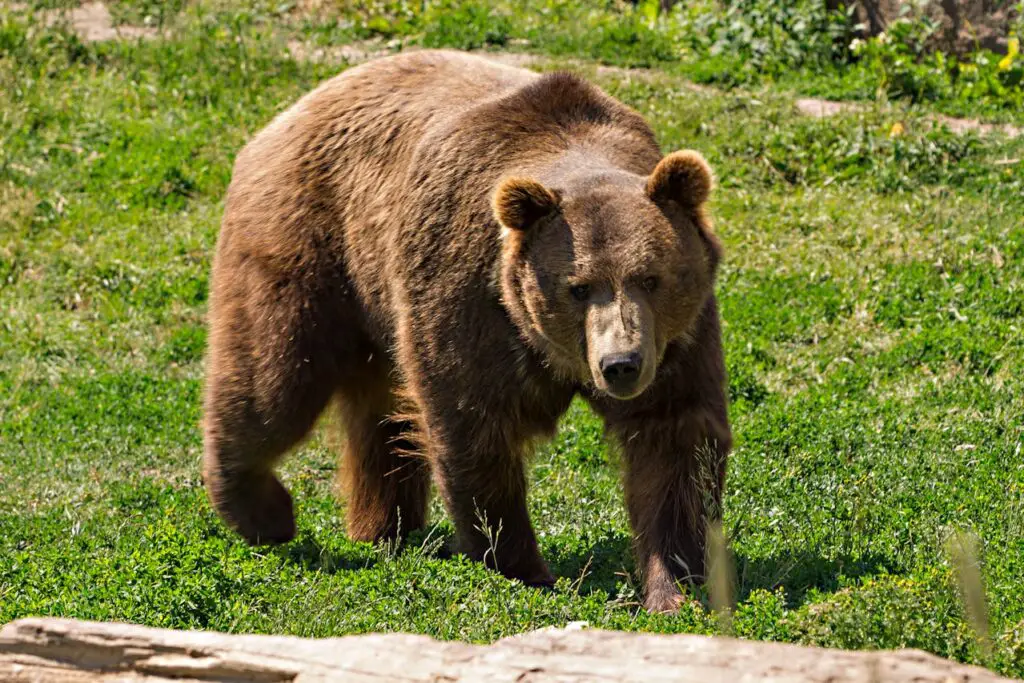
Yellowstone is home to both grizzly bears and black bears, making it one of the best places to spot these majestic creatures. Grizzlies roam the vast open meadows, while black bears often stick to the dense forests. The park’s abundant wildlife, including elk and bison, provides a rich food source for the bears, especially in the spring and summer. Bears in Yellowstone can often be seen along roadsides or hiking trails, foraging for food or resting in the shade.
Bear encounters are so common here that the park actively educates visitors on bear safety. Always carry bear spray and keep your distance if you’re lucky enough to spot one. Watching a bear forage in its natural habitat can be awe-inspiring, but remember: Yellowstone is their home, not a petting zoo. It’s also essential to store food securely to avoid attracting bears to campsites. According to Tied To Nature, popular areas for bear sightings include Lamar Valley and Hayden Valley, where both species are frequently observed. Hikers have reported spotting bears while traversing the park’s famous Highline Trail and other backcountry routes. A bear sighting in Yellowstone is a thrilling and humbling experience, offering a rare glimpse into the wild heart of nature.
2. Great Smoky Mountains National Park, Tennessee and North Carolina
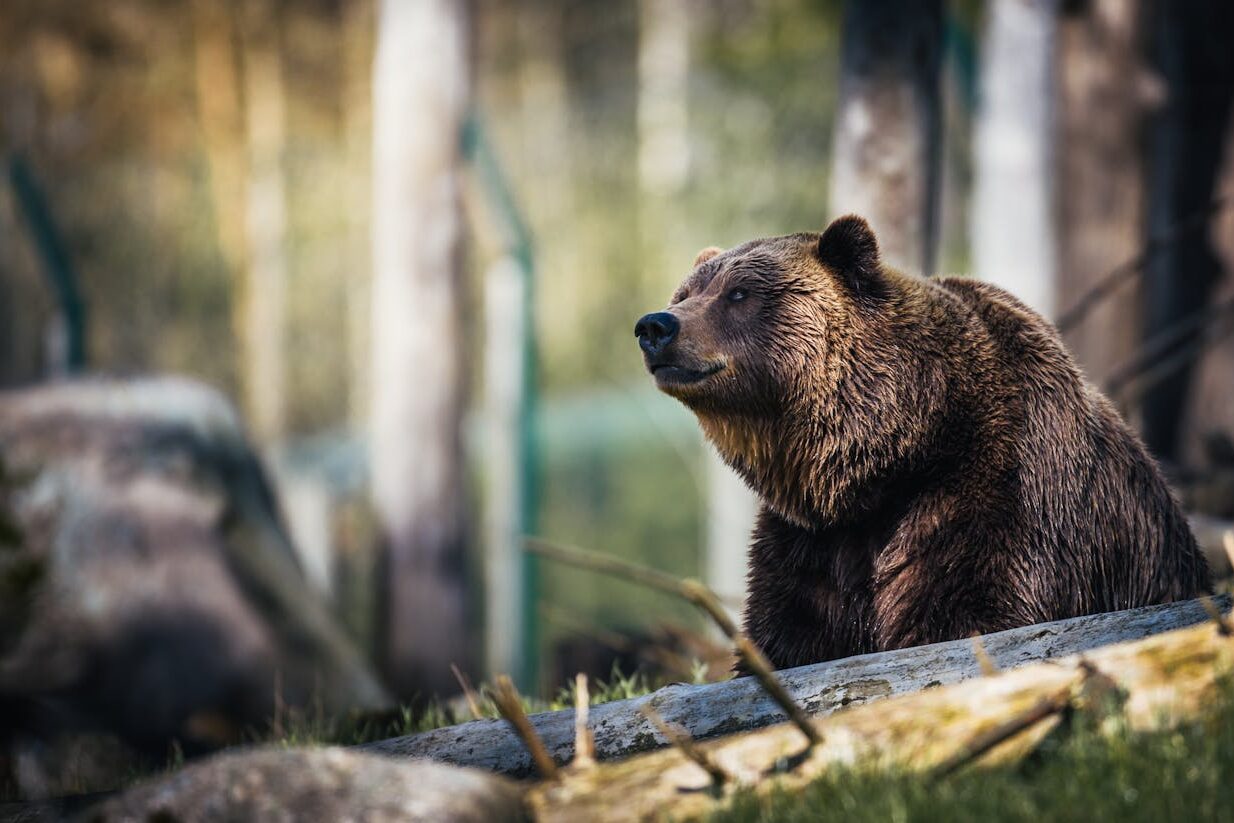
This park boasts one of the highest densities of black bears in the eastern U.S., with an estimated population of 1,500. These bears can often be seen scavenging for food or crossing trails, especially in the early morning or late evening. The lush forests and abundant acorns provide a perfect environment for them to thrive. Popular spots for sightings include Cades Cove and the Roaring Fork Motor Nature Trail, where bears are often spotted from the safety of a vehicle.
While they may seem cute and harmless, black bears are still wild animals. Visitors are advised to secure their food and trash to avoid attracting them. Seeing a bear in the misty woods of the Smokies is an unforgettable experience, but it’s crucial to keep a safe distance and respect their space. If you’re hiking, making noise can help reduce the chances of a surprise encounter. A bear sighting in the Smokies often feels like a magical brush with nature, offering a story to cherish for a lifetime.
3. Glacier National Park, Montana
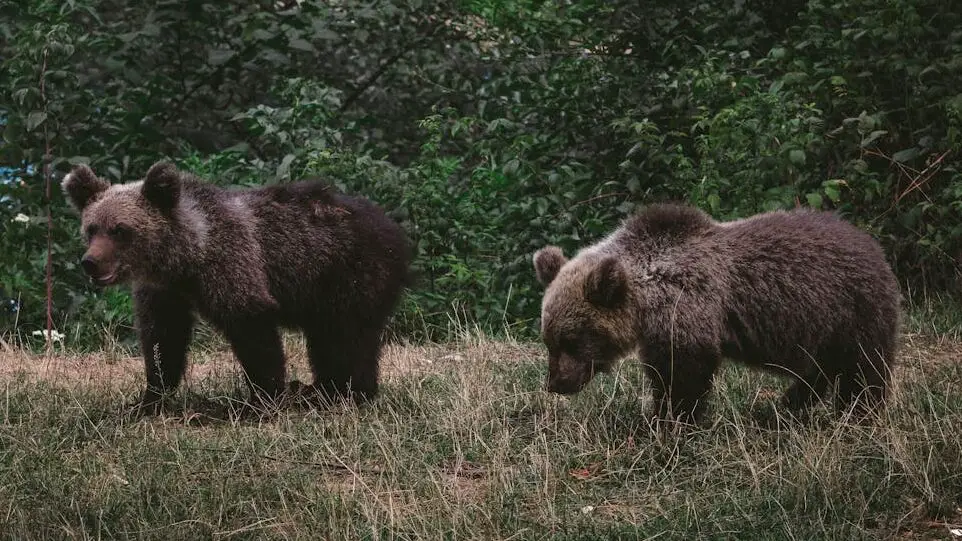
Grizzly bears are the stars of Glacier National Park, but black bears also make regular appearances. With over a million acres of rugged terrain, the park offers endless opportunities for bear sightings, especially in areas like Many Glacier and Two Medicine. The bears are most active during the spring and fall when they’re feeding heavily to prepare for hibernation. Hikers have even reported spotting bears from a safe distance while traversing the park’s famous Highline Trail.
Hikers are encouraged to make noise while on trails to avoid surprising a bear. As noted by Glacier Park Collection, making noise is crucial since bears usually move out of the way if they hear people approaching. Encounters are typically peaceful if the bear doesn’t feel threatened. Watching a grizzly forage in a meadow or a black bear climb a tree is a magical experience—but always from a safe distance. The park’s vast wilderness reminds visitors of the wild and untamed beauty of nature, where bears rule as the ultimate apex predators.
4. Katmai National Park and Preserve, Alaska
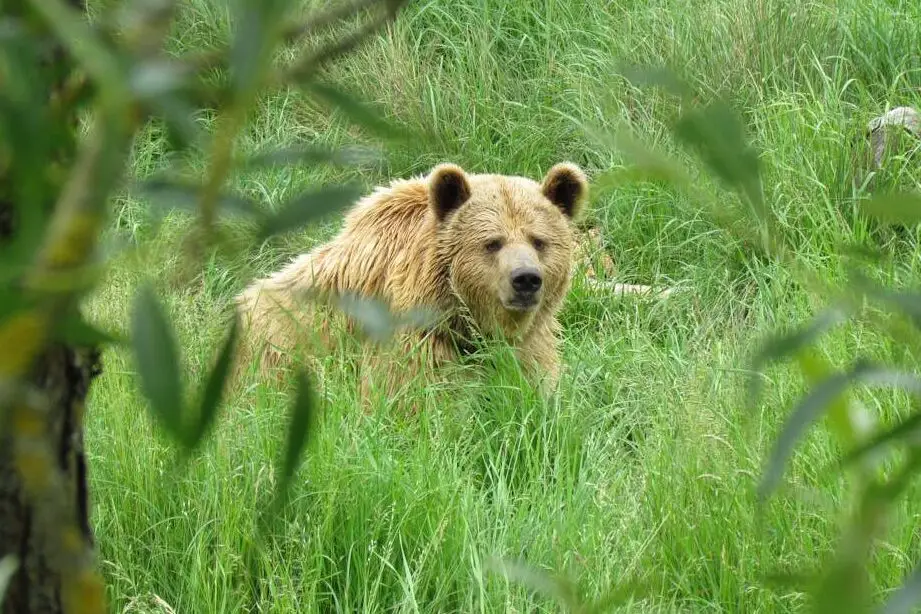
Katmai is famous for its brown bears, especially during salmon season. The iconic image of bears catching fish at Brooks Falls comes from this remote Alaskan park. With a population of over 2,200 brown bears, Katmai offers one of the most concentrated bear viewing experiences in the world. Bears can also be spotted along the park’s rivers and shorelines, particularly in the summer months.
The park has designated viewing platforms to safely observe these massive animals in their natural environment. Watching a bear snatch a leaping salmon from a river is an unforgettable sight. As highlighted by National Geographic, the abundance of food sources during the salmon migration ensures that bears congregate in significant numbers, particularly at Brooks River during peak salmon runs. However, respect the park’s strict bear safety guidelines to ensure a safe and enjoyable experience for both you and the bears. Katmai serves as a reminder of the raw power and beauty of nature, offering a rare opportunity to observe bears thriving in their element.
5. Denali National Park, Alaska
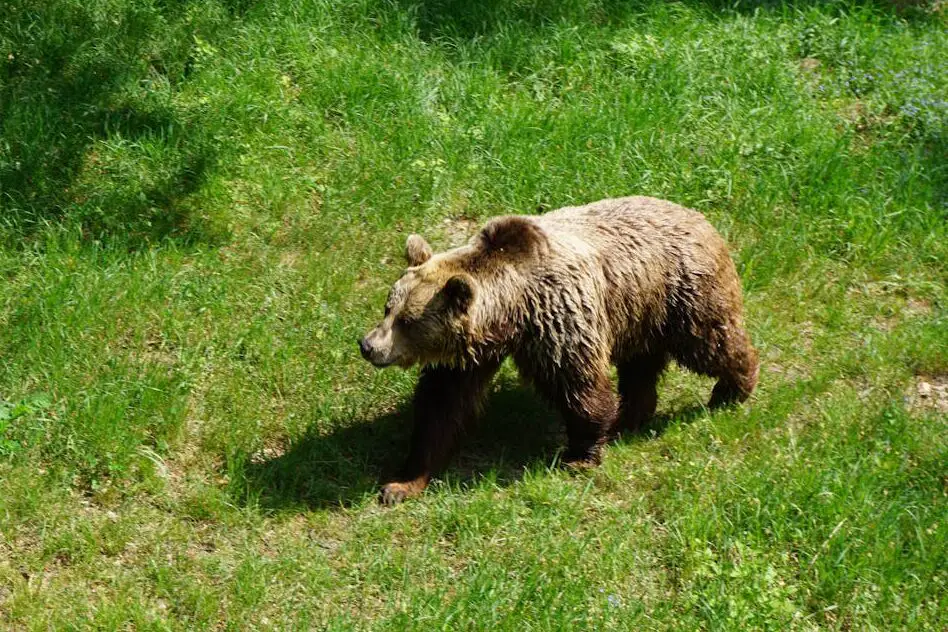
Denali is home to grizzlies and black bears, which can often be seen roaming the tundra or foraging in the forests. The park’s open landscapes make it easier to spot wildlife, and bears are a frequent highlight for visitors. According to the Alaska Department of Fish and Game, bears in Denali are often seen along the park’s scenic drive, particularly near rivers and berry patches, especially during the summer months when food is abundant. Keep your binoculars handy, as these majestic creatures can appear at any moment. Bears in Denali are often seen along the park’s scenic drive, particularly near rivers and berry patches.
Bears here are generally shy and prefer to avoid humans, but maintaining a safe distance is still essential. Whether you’re hiking or riding a park bus, spotting a bear in the shadow of North America’s tallest peak is a once-in-a-lifetime experience. The sight of a grizzly lumbering through the tundra is a powerful reminder of the wildness that still exists in our world. For many, a bear encounter in Denali becomes the highlight of their visit.
6. Grand Teton National Park, Wyoming
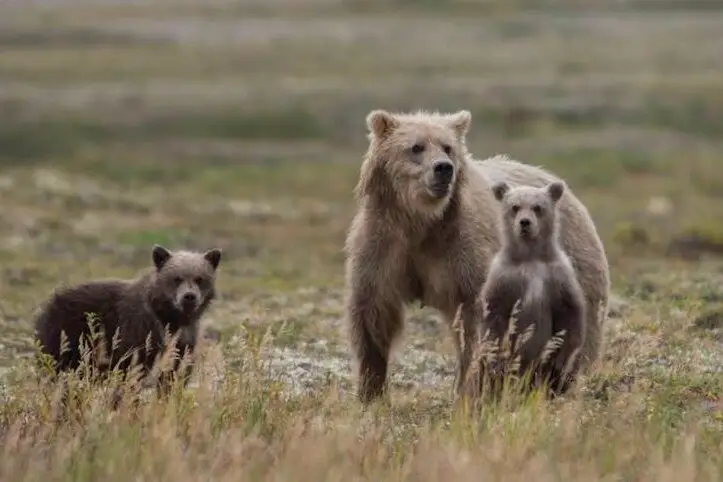
Grand Teton is a hotspot for grizzly and black bear activity, thanks to its rich ecosystem and proximity to Yellowstone. Bears are frequently seen near berry patches, streams, and trails. Popular areas like Cascade Canyon and Oxbow Bend are great for spotting them. According to the National Park Service, the park has seen an increase in bear sightings as bears emerge from hibernation, particularly during the summer and fall months when they are fattening up for winter. The park’s dramatic mountain backdrop makes any wildlife sighting feel like a scene from a nature documentary.
If you’re visiting during the summer or fall, keep an eye out for bears fattening up for hibernation. Carrying bear spray and knowing how to use it is a must. Spotting a bear with the stunning Teton Range as a backdrop is a sight you won’t forget. The park also provides educational programs to help visitors better understand bear behavior and safety.
7. Sequoia and Kings Canyon National Parks, California
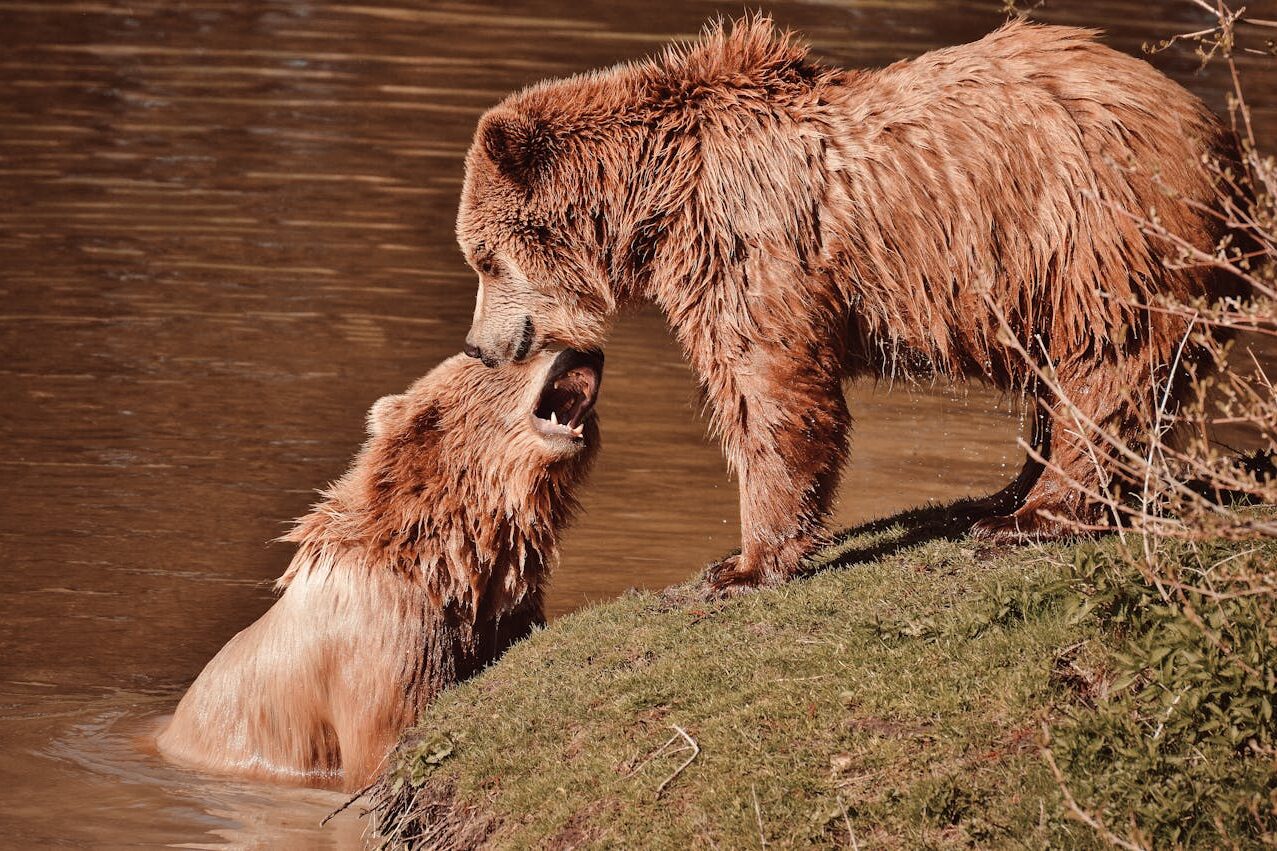
These neighboring parks are home to a healthy population of black bears. The bears here are known for being particularly resourceful, often foraging in campgrounds or picnic areas. Sightings are common along popular trails and in areas with dense vegetation. Bears in these parks are often spotted among the massive sequoia trees, creating a picture-perfect moment.
The parks have strict regulations for storing food to prevent bears from becoming habituated to humans. Seeing a bear wandering among the towering sequoias is an incredible experience, but it’s essential to stay vigilant and follow all safety guidelines. Rangers frequently remind visitors to “keep wildlife wild” by minimizing human impact on the bears’ natural behavior. According to Bear Biology, the park’s management program focuses on eliminating unnatural food sources to help bears lead a more natural life. A bear encounter in these parks feels like a connection to the ancient wilderness, offering a glimpse into the lives of these magnificent creatures in their natural habitat.
8. Kenai Fjords National Park, Alaska
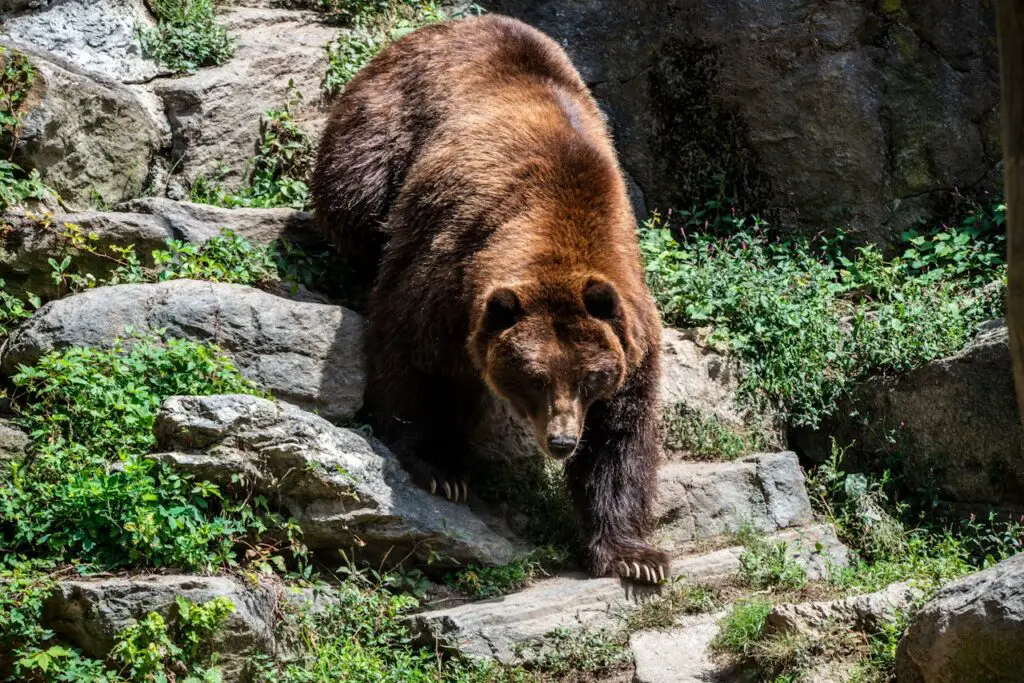
Kenai Fjords is home to both black and brown bears, with brown bears often spotted near the park’s coastal areas. The park’s glaciers and fjords create a unique backdrop for wildlife viewing. Bears are frequently seen during the salmon runs, making it a prime time for visitors hoping for a sighting. Trails like Exit Glacier also offer opportunities to see bears in their natural habitat.
Boat tours and hikes around Exit Glacier provide excellent opportunities to spot these majestic creatures. As noted by Trafalgar, the Kenai black bear is particularly well-known, with sightings common near streams where salmon spawn. Watching a bear navigate the rugged Alaskan wilderness is a reminder of their power and adaptability. Just remember to give them plenty of space. The raw beauty of Kenai Fjords makes every bear sighting feel like a privilege.
9. Olympic National Park, Washington
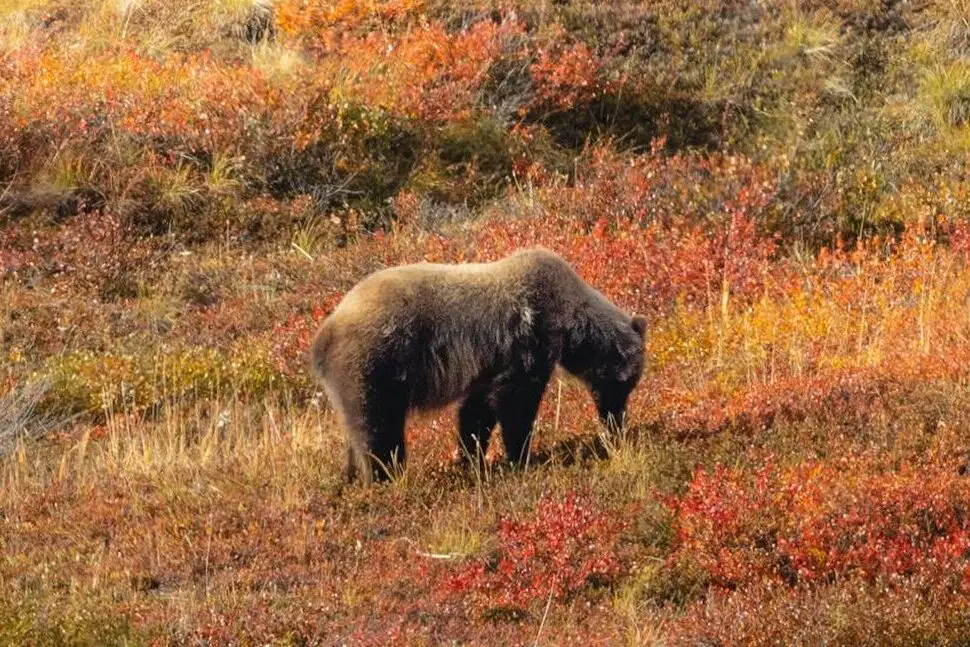
Black bears are a common sight in Olympic National Park, particularly in the park’s forested and mountainous regions. The diverse ecosystems, ranging from rainforests to alpine meadows, provide ample food sources for these bears. Areas like the Hoh Rainforest and Hurricane Ridge are prime spots for sightings. Bears are also known to forage near streams where salmon spawn in the fall.
The park emphasizes the importance of proper food storage and bear safety. Encountering a bear in the misty, moss-covered woods of Olympic is an experience straight out of a fairy tale—but it’s crucial to stay alert and follow safety guidelines. As noted by Outdoor Society, keeping at least 50 yards away from a black bear is essential to ensuring both your safety and the bear’s well-being. The serene and magical setting makes every bear sighting a cherished moment. Visitors often leave with a newfound appreciation for the harmony of nature.
10. Yosemite National Park, California
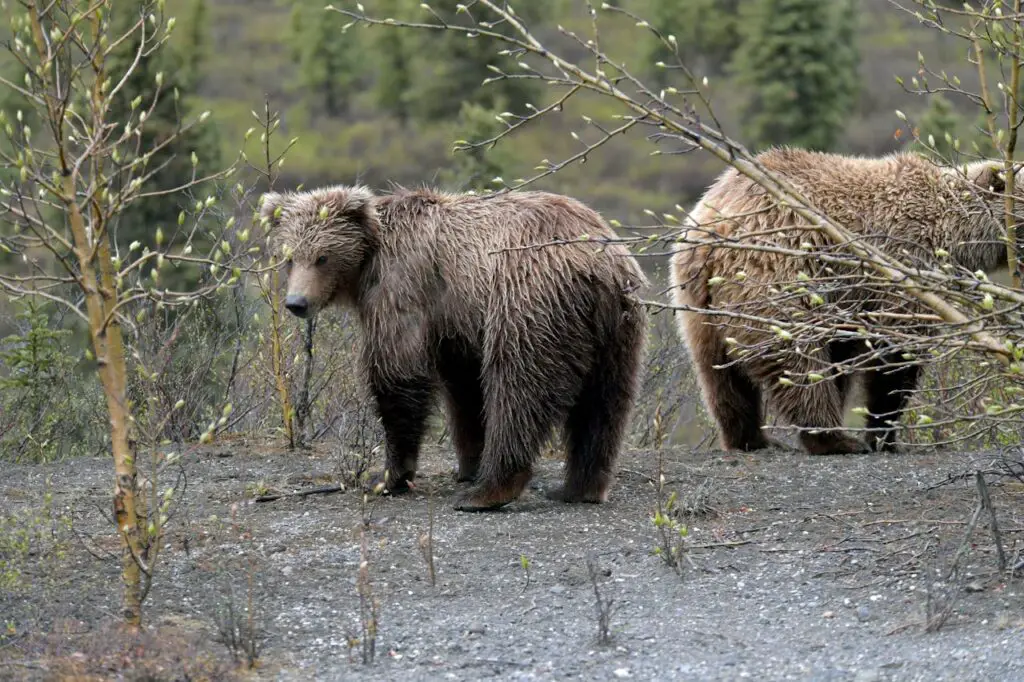
Yosemite’s black bears are famous, and the park takes great care to manage human-bear interactions. Bears are frequently seen foraging in meadows, climbing trees, or wandering near campgrounds. According to the Los Angeles Times, these bears are often seen foraging in meadows, climbing trees, or wandering near campgrounds, especially during the summer and fall months when they prepare for hibernation. The park’s bear population has adapted to its bustling visitor scene, making sightings more common than in many other parks. Bears are especially active in the fall as they prepare for hibernation.
Bear-proof food storage is mandatory in Yosemite to protect both visitors and the bears. Seeing a bear in the shadow of Yosemite’s granite cliffs is a surreal experience, but it’s essential to remember that these are wild animals deserving of respect and space. Rangers work tirelessly to educate visitors on bear safety, ensuring a balance between enjoyment and conservation. A Yosemite bear encounter often feels like a brush with untamed wilderness.
11. Wrangell-St. Elias National Park, Alaska
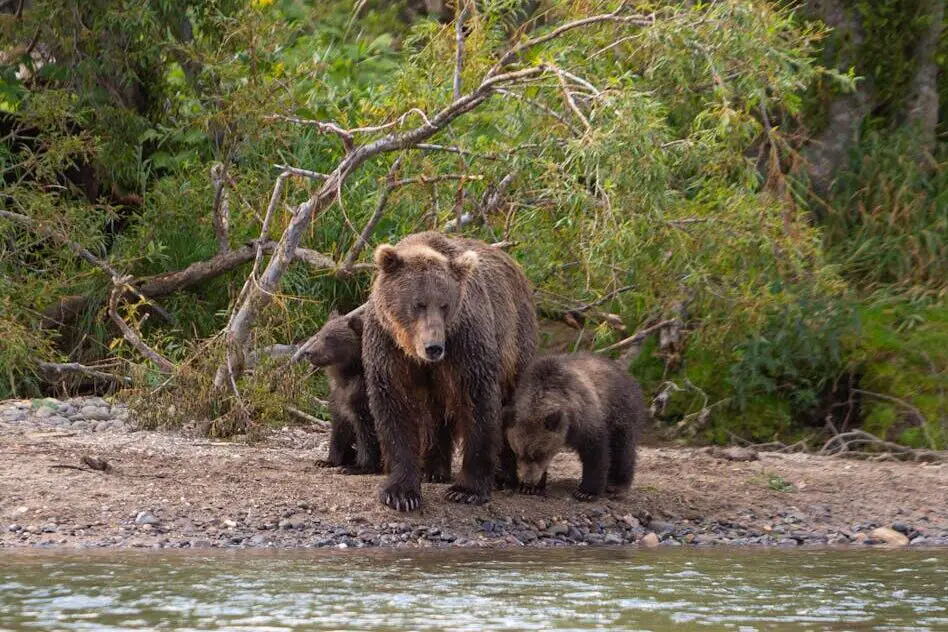
Wrangell-St. Elias is a remote wilderness teeming with wildlife, including grizzly and black bears. The park’s vast size—spanning over 13 million acres—and untouched landscapes make it a haven for these animals. According to the National Park Service, bears are most active during the summer months, often spotted near rivers and berry patches. The park’s sprawling glaciers, dense forests, and tundra provide an endless range of habitats for bears to thrive.
The remoteness of Wrangell-St. Elias means fewer visitors, giving you a more authentic wilderness experience. While the isolation is part of the charm, it also means preparation is key, as help may not be readily available. Observing a bear in such pristine surroundings feels like a glimpse into a prehistoric world. It’s a humbling reminder of how nature, left undisturbed, thrives in harmony.
12. North Cascades National Park, Washington
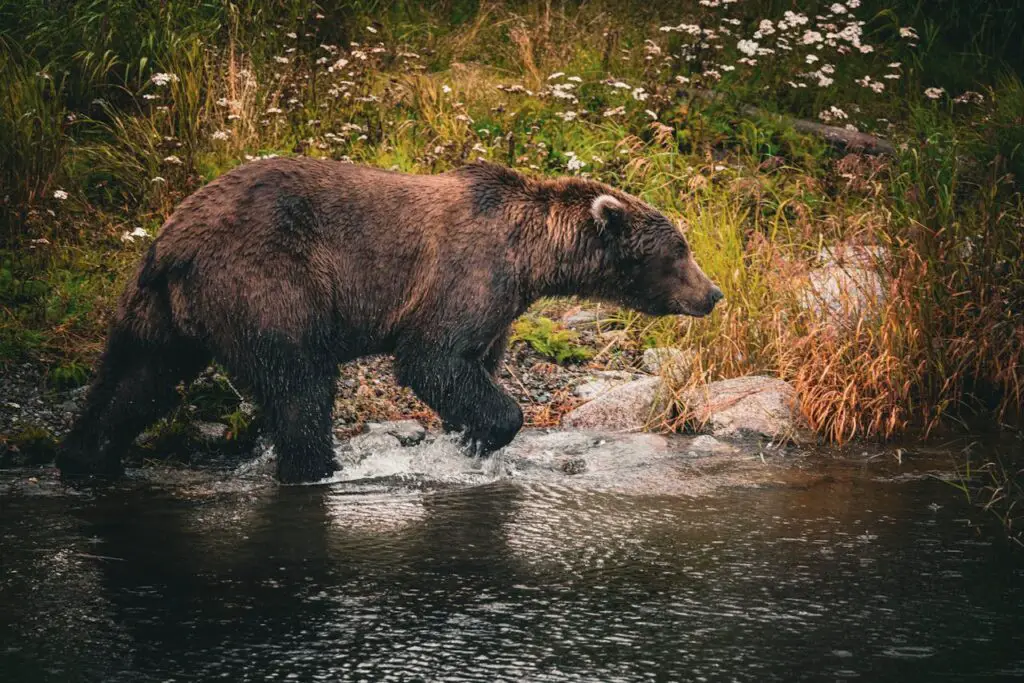
The rugged terrain of the North Cascades is home to a small but growing population of grizzly bears, along with black bears. The park’s dense forests, alpine meadows, and remote trails provide the perfect habitat for these elusive creatures. Grizzly bear recovery efforts in the North Cascades have made the area an important conservation site. The National Park Service emphasizes that restoring this keystone species is crucial for maintaining ecological balance, as grizzly bears play a significant role in seed dispersal and nutrient cycling within their habitats. Popular areas like Cascade Pass and Stehekin often offer a chance to spot bears in their natural environment.
Sightings in the North Cascades can be rare but thrilling, as the rugged landscape makes them feel like a true adventure. Grizzly sightings are particularly significant, as they symbolize the success of ongoing conservation efforts. Spotting a bear here is a reward for those who venture deep into this untouched wilderness. The experience serves as a reminder of the delicate balance between human activity and preserving these wild spaces.


